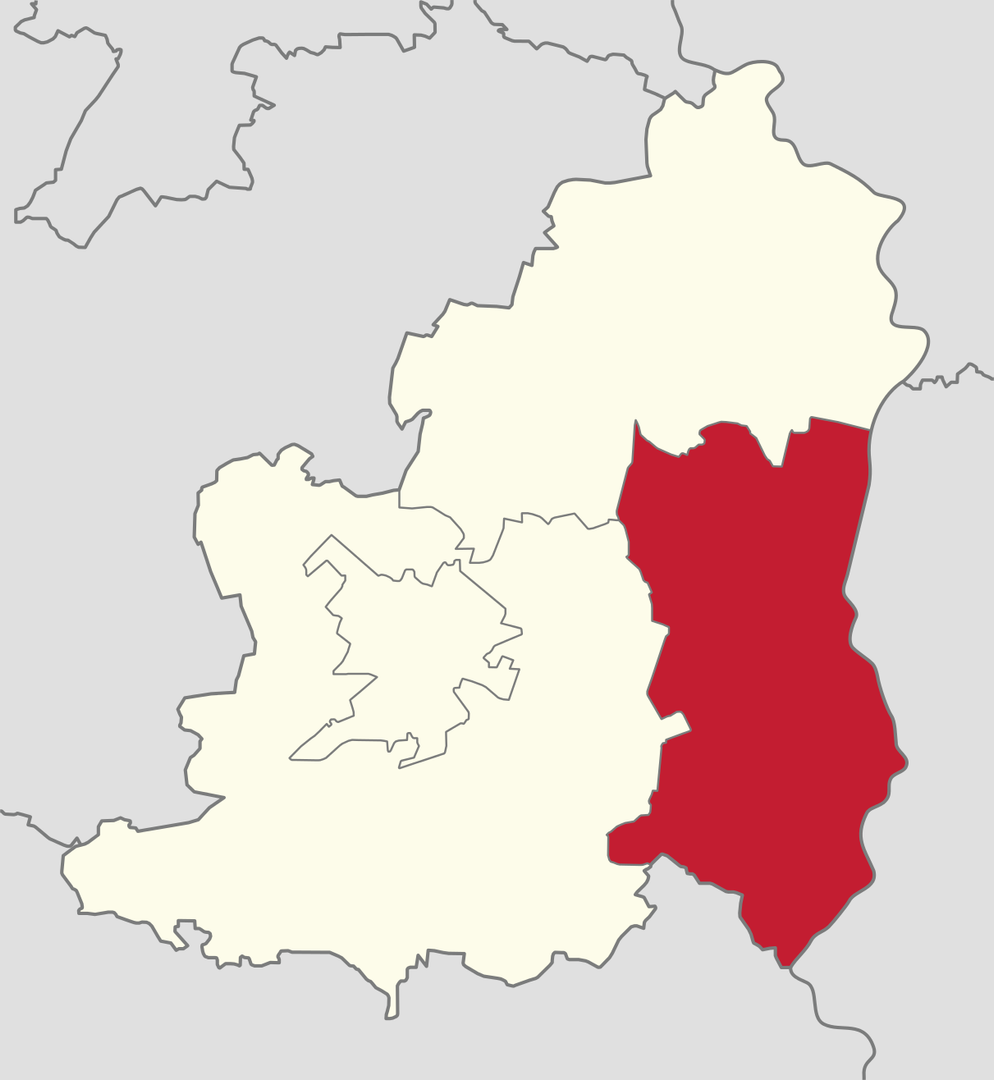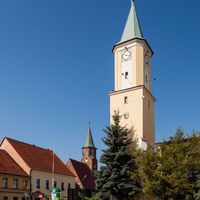Ścinawa
6.37

Overview
The Ścinawa Commune, located in the Lower Silesian Voivodeship, in the Lubin County, offers many interesting insights in terms of demography, land structure, and local administration. The seat of the commune, the town of Ścinawa, has a rich history dating back to medieval times, which is reflected in the variety of architectural styles visible in its buildings. The town hall and other public utility buildings testify to the historical significance of the region. Between 1975 and 1998, the commune was part of the Legnica Voivodeship, which influenced its development and the shaping of its local identity.
The demography of the commune shows an interesting trend. According to data from June 30, 2004, the commune was inhabited by 10,603 people, while statistics from June 30, 2020 show that the population decreased to 9,842. Such a decline may indicate migration or demographic changes in the region, which could be an important issue to analyze in the context of the development of local services and infrastructure.
The commune covers an area of 164.56 km², of which 74% is agricultural land and 14% is forest land. This distribution highlights the importance of agriculture in the local economy and the large forest areas, which may provide favorable space for ecological and tourist activities. The Ścinawa Commune accounts for 23.11% of the entire county's area, making it a significant part of the region.
The commune includes numerous villages (sołectwa), such as Buszkowice, Dąbrowa Środkowa, Jurcz, and Wielowieś. It is worth noting that two settlements, Grzybów and Przystań, do not have the status of a village (sołectwo), which may suggest their lesser administrative or demographic role. Culturally, the region has much to offer: from local festivals and agricultural traditions to artistic initiatives that promote regional heritage.
Another interesting aspect is the diversity of nature around the commune, making it attractive to tourists and residents seeking relaxation in natural surroundings. The social structure of the commune and its development are therefore the subject of many analyses and studies that can provide valuable information for future development plans, as well as promote the region as a friendly place to live and invest.
Location
You can also find here:
2025 Wizytor | All Rights Reserved
